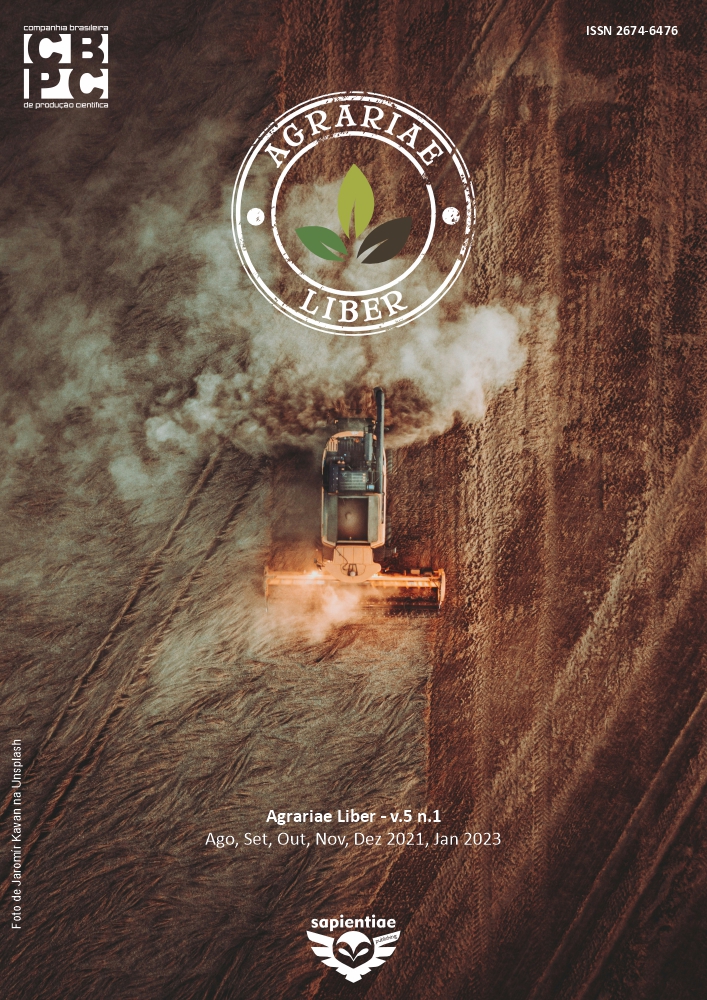One orphaned marine manatee calf´s feeding, breeding and behavior in captivity (Trichechus manataus, Linnaeus, 1758)
DOI:
https://doi.org/10.6008/ESS2237-9290.2011.002.0010Palavras-chave:
Aquatic Mammals, Diet, Breastfeeding, Rehabilitation, Growth CurveResumo
In Brazil, although there are records of marine manatee in captivity, few information report the management of this species. As a way of reducing this gap, this work aims to report the obtained results through the feeding control, the behavior observation and the monitoring of a female orphaned Trichechus manatus and compare with similar studies conducted on animals in captivity of the same species, populations Florida (USA). The specimen of manatee, female, was captured in a fishing corral and transferred to a coastal lagoon of fresh water and subsequently kept in a pool. During the period in captivity, the food provided was given using bottles composed of dried milk and vitamin complex, and at times tested the addition of vegetable oil. Furthermore, there was an attempt to enter the food items of plant origin, such as reed (Eleocharis spp.), rush (Eichhornia crassipes), lettuce, cabbage, marine algae (Gracilaria sp. Vidalia sp. Hipaeae sp. Laurencia sp.) and marine phanerogamic (Halodule sp.). The records of the behavior of the calf on the shifts in the nursery, body position and dive time observations were made using specific "ad libitum" with the aid of binoculars and a digital stopwatch. For growth studies, morphometric measures and weight were taken. About the food supply, it was recorded gradual increase in milk consumption, but the calf did not show active interest in any item of plant origin that was offered. Except the behavior conditioned to the signals for feeding, or when it was captured for the biometrical tests (when it swam quickly), the calf was extremely docile and slow, spending many hours a day resting, floating passively, or submerged at the bottom of the bed, coming to surface only to breathe. We observed the use of the pectoral fins to direct the movements and perform small displacements along the bottom, while the caudal fin was the main cause of long strokes and fast. Two typical positions of rest were observed, as well as calling on the occasions of management. During the period in captivity, the calfcalf grew in 33 cm total length and gained 46 kg, which can be regarded as a normal growth pattern. As a result of a process congestive visceral, the calf died approximately one year of life.Downloads
Downloads
Publicado
Edição
Seção
Licença
A CBPC - Companhia Brasileira de Produção Científica (CNPJ: 11.221.422/0001-03) deterá os direitos materiais dos trabalhos publicados. Os direitos referem-se à publicação do trabalho em qualquer parte do mundo, incluindo os direitos às renovações, expansões e disseminações da contribuição, bem como outros direitos subsidiários. Todos os trabalhos publicados eletronicamente poderão posteriormente ser publicados em coletâneas impressas sob coordenação desta empresa e/ou seus parceiros. Os (as) autores (as) preservam os direitos autorais, mas não têm permissão para a publicação da contribuição em outro meio, impresso ou digital, em português ou em tradução.








